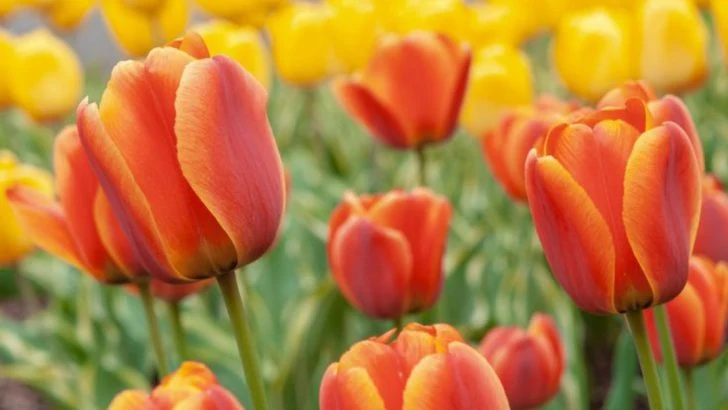Throughout history, certain plants have been considered so rare, valuable, or spiritually significant that they were only grown in royal gardens or sacred spaces. These plants were symbols of power, luxury, and divine connection, often reserved for the elite or used in religious rituals.
In this article, we’ll explore 24 extraordinary plants that were once reserved for kings, queens, and sacred places. From exquisite flowers with deep cultural meaning to rare trees that signified wealth, these plants carry stories of ancient traditions and historical significance.
Many of these plants are now available to gardeners around the world, allowing us to experience the luxury and reverence once reserved for royalty. Whether you’re drawn to their beauty, history, or symbolism, these plants are sure to bring a sense of elegance and mystery to your own garden.
Lotus
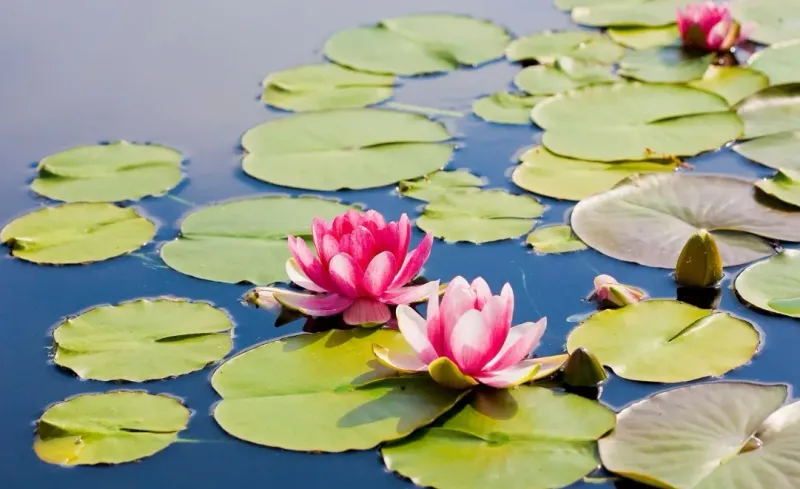
In ancient Egypt, the lotus was a symbol of rebirth and the sun. Its ethereal beauty captivated royalty, making it a staple in sacred art and temples. Often depicted in hieroglyphics, the lotus was believed to emerge pristine from murky waters, symbolizing purity and resilience. This enchanting bloom opens daily with the sun, a reminder of renewal and eternal life. Even today, the lotus holds spiritual significance in many cultures, representing enlightenment and beauty rising from the depths. Its unique ability to thrive in challenging conditions adds to its mystique and allure.
Jasmine

Jasmine’s intoxicating fragrance has graced royal gardens for centuries. In ancient India, it was known as the ‘Moonlight of the Grove,’ cherished for its beauty and soothing scent. Often used in rituals and ceremonies, jasmine symbolized love and purity, enhancing the ambiance of regal gatherings. The night-blooming flowers release their scent under the moon, adding an air of mystery and romance. Today, jasmine remains a beloved choice for perfumes and gardens, its delicate flowers a testament to timeless elegance and grace.
Rose
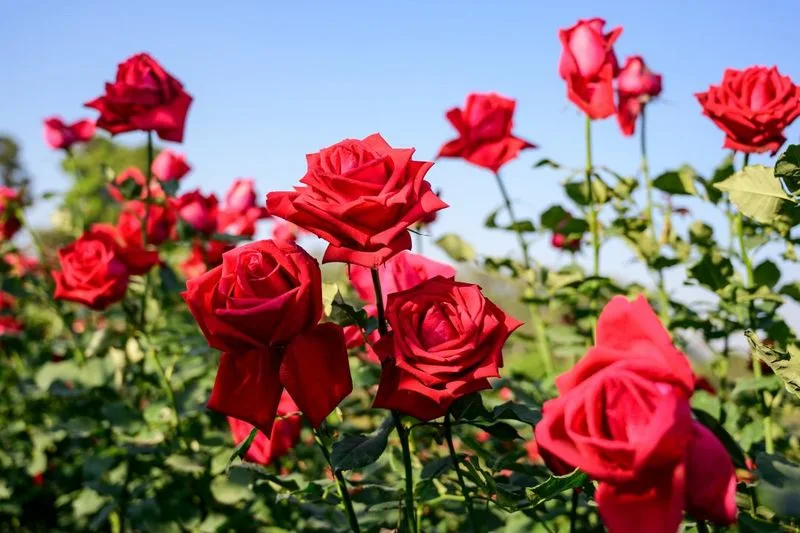
Roses have long been synonymous with love and beauty, favored by royalty throughout history. In the Middle Ages, they adorned palaces and gardens, their rich colors and velvet petals a symbol of opulence. Roses were often used in perfumes and as gifts, carrying messages of passion and devotion. Their timeless appeal continues to captivate, with countless varieties bred to enhance their beauty and fragrance. Whether in a bouquet or a garden, roses evoke a sense of romance and grandeur, a floral embodiment of affection and admiration.
Orchid
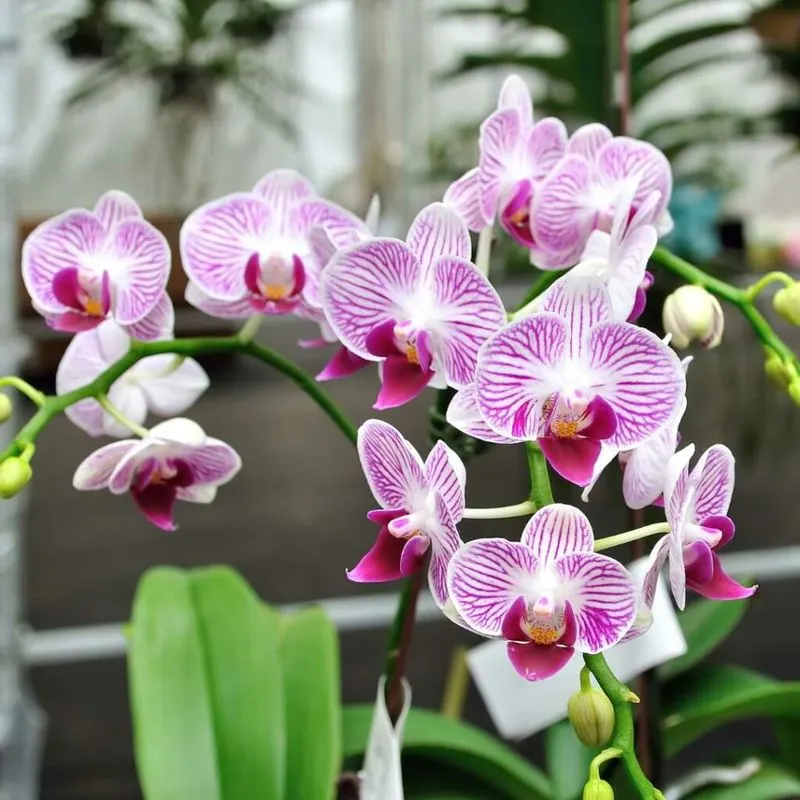
Orchids have long been a symbol of luxury and refinement. In Victorian England, they were a coveted treasure in royal greenhouses, showcasing exotic elegance. These delicate blooms are known for their intricate patterns and vibrant colors, each variety a masterpiece of nature. Orchids were prized for their rarity and beauty, often given as tokens of admiration. Today, their allure endures, making them a popular choice for home decor and special occasions. Their mesmerizing form and diverse palette continue to inspire awe and appreciation worldwide.
Saffron Crocus

Saffron, derived from the crocus flower, has been a luxury spice since ancient times. In Persia, it was reserved for royalty and used in culinary delicacies, textiles, and medicine. The vibrant golden threads were as valuable as gold, a testament to their rarity and labor-intensive harvest. Saffron’s rich history is intertwined with opulence and culinary artistry, adding depth and color to dishes. Even today, it remains a prized ingredient, its distinct flavor and hue elevating culinary creations to royal standards.
Tulip
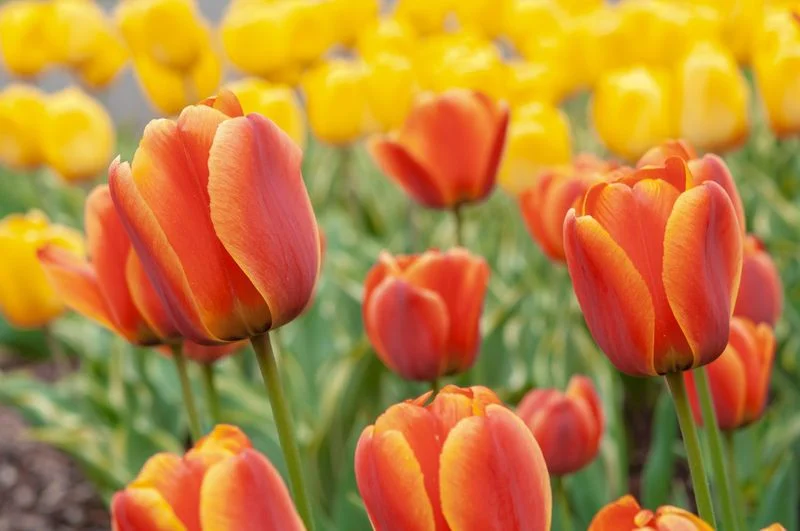
Tulips once ignited a frenzy known as ‘Tulip Mania’ in 17th-century Holland. These flowers became a status symbol, with rare bulbs fetching exorbitant prices. Tulips were cultivated in elaborate patterns in the gardens of the wealthy, showcasing the owner’s prestige and taste. Their vibrant colors and elegant shapes captured the imagination, leading to a fascination that spread across Europe. Today, tulips remain a symbol of spring and renewal, their simple elegance appreciated in gardens worldwide, a reminder of their storied past.
Lavender

Lavender’s calming scent has been cherished since ancient times, often found in royal gardens and bathhouses. Its soothing aroma and striking purple blooms made it a favorite for relaxation and meditation. In medieval Europe, lavender was used to scent linens and ward off insects, enhancing the living quarters of the elite. Today, its fragrance continues to calm and comfort, widely used in aromatherapy and skincare. The sight of lavender fields remains a visual treat, their vibrant color a testament to nature’s beauty and tranquility.
Peony
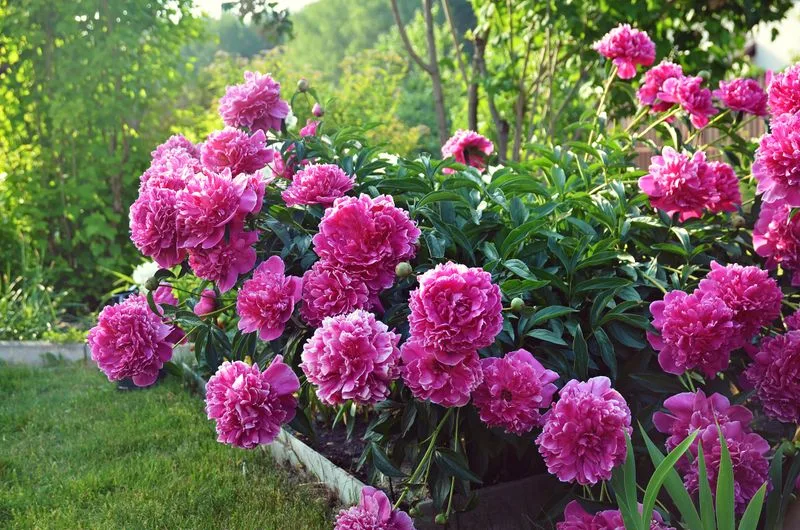
Peonies have long symbolized prosperity and honor, particularly in Chinese culture. These lush blooms were reserved for imperial gardens, emblematic of wealth and good fortune. Their large, fragrant flowers captivated artists and poets, inspiring countless works of art. The peony’s layered petals and vibrant colors continue to enchant, a floral tribute to elegance and grace. Often featured in wedding bouquets and celebrations, peonies are cherished for their beauty and symbolism, a timeless reminder of nature’s generosity and splendor.
Chrysanthemum

Chrysanthemums hold a revered place in Japanese culture, symbolizing longevity and rejuvenation. The imperial family adopted the chrysanthemum as their emblem, a testament to its esteemed status. These vibrant flowers bloom in autumn, their hues mirroring the season’s rich palette. Chrysanthemums are celebrated in art and poetry, embodying the beauty of life’s transitions. Their enduring appeal extends beyond Japan, gracing gardens worldwide with their diverse forms and colors. A symbol of joy and optimism, chrysanthemums remain a beloved fixture in floral arrangements.
Sakura (Cherry Blossom)
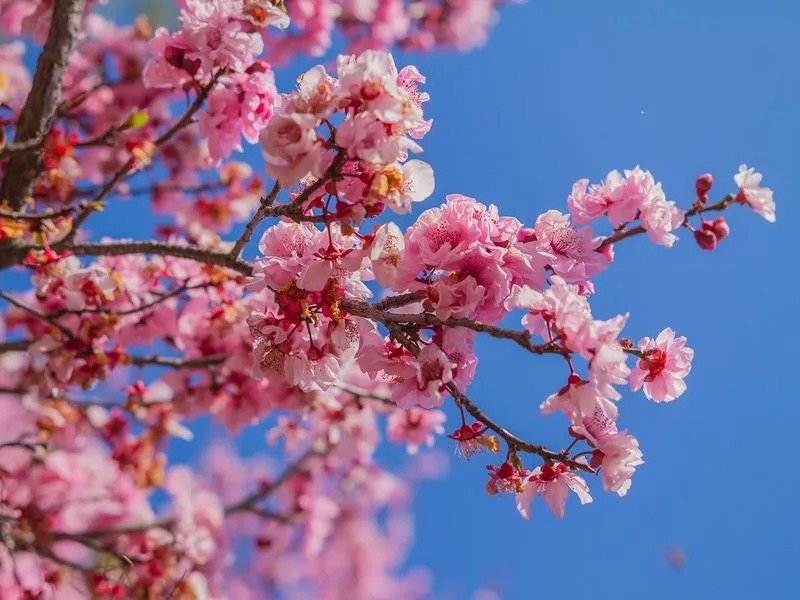
Sakura, or cherry blossoms, are synonymous with the fleeting beauty of life. In Japan, these delicate blooms herald the arrival of spring, inspiring festivals and celebrations. The ephemeral nature of cherry blossoms reflects the transient beauty of existence, a concept deeply rooted in Japanese culture. During the brief blooming season, people gather to enjoy hanami, the tradition of flower viewing. Sakura’s soft pink petals create a breathtaking spectacle, a reminder to appreciate the present moment. Their timeless beauty continues to captivate hearts worldwide.
Sacred Lotus
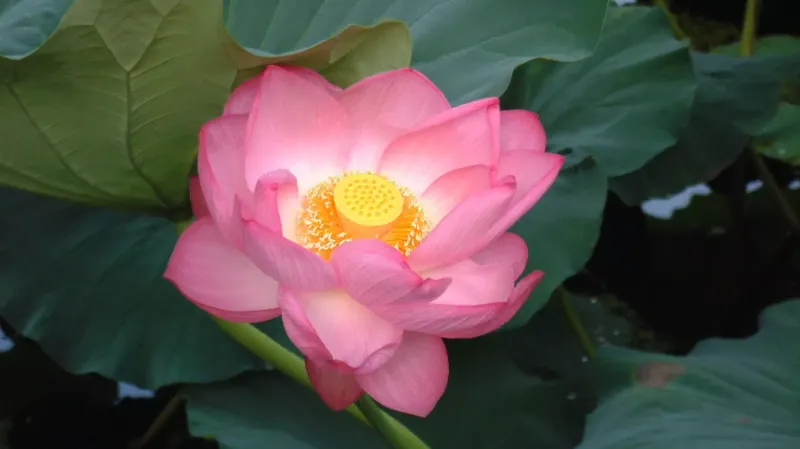
The sacred lotus holds profound spiritual significance in many cultures, symbolizing purity and enlightenment. In Buddhism and Hinduism, the lotus is a revered symbol, representing the journey towards spiritual awakening. Emerging from muddy waters, the flower blooms untainted, embodying resilience and inner strength. Its radiant petals and serene presence inspire meditation and reflection. The sacred lotus continues to be a powerful emblem of peace and harmony, its beauty transcending cultural boundaries and offering solace in a chaotic world.
Ylang Ylang

Ylang ylang’s exotic fragrance has been adored for centuries, often used in perfumes and aromatherapy. Native to the tropical forests of the Philippines and Indonesia, these flowers were cherished by royalty for their intoxicating scent. The essential oil extracted from ylang ylang blooms adds depth and sensuality to fragrances, enhancing their allure. Today, this tropical flower is celebrated for its calming and aphrodisiac properties, bringing a touch of paradise to everyday life. Its rich, floral aroma lingers, a reminder of nature’s enchanting power.
Frankincense
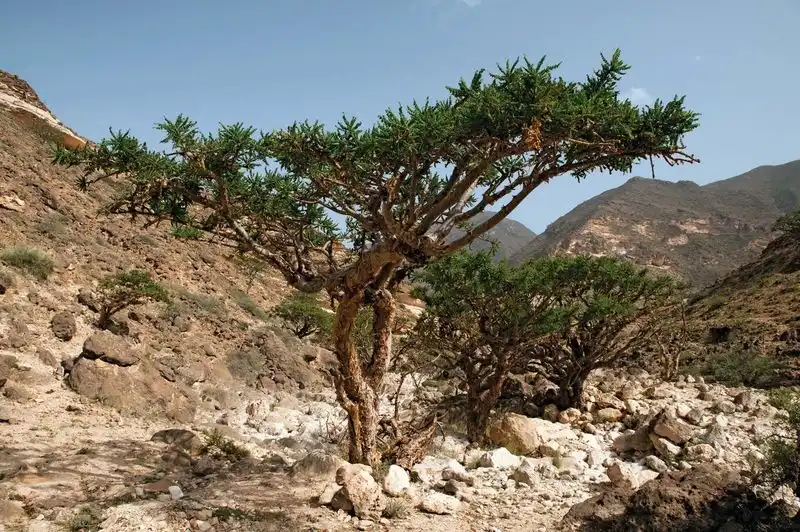
Frankincense has been prized for its aromatic resin, used in religious ceremonies and as incense for centuries. In ancient Egypt and the Middle East, it was burned in temples and used in sacred rituals, its smoke carrying prayers to the divine. The resin’s rich, woody scent creates a sense of peace and reverence, connecting the earthly with the spiritual. Today, frankincense is valued for its meditative and healing properties, a timeless symbol of spirituality and tranquility. Its legacy endures, weaving through the tapestry of human history.
Bamboo
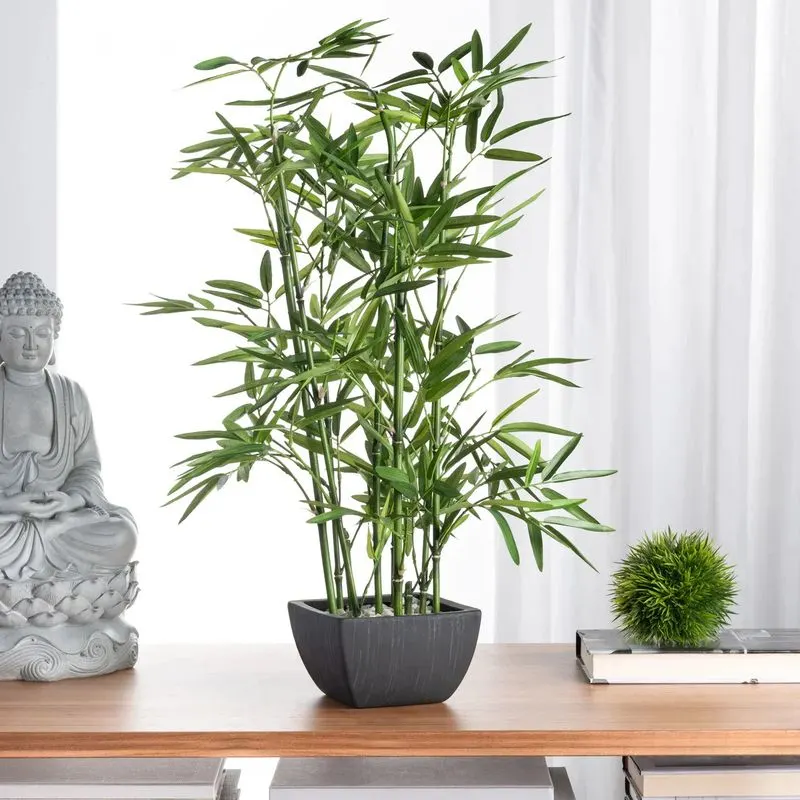
Bamboo’s versatile nature and graceful form have made it a symbol of strength and resilience in many cultures. In Asia, bamboo groves are often found near temples and palaces, embodying harmony and balance. Its rapid growth and adaptability mirror life’s potential for growth and renewal. Bamboo’s elegant silhouette and soothing rustle create a tranquil atmosphere, inspiring calm and reflection. Today, it continues to be a popular choice for gardens and eco-friendly products, a testament to its enduring appeal and sustainable nature.
Baobab

Baobab trees, known as the ‘Tree of Life,’ have long been revered for their resilience and adaptability. Found in Africa, these ancient giants provide sustenance and shelter in harsh environments. Their unique form and hollow trunks store water, making them vital to the ecosystem and local communities. Baobabs are often subjects of folklore, symbolizing strength and wisdom. Their presence commands awe and respect, a testament to nature’s ability to thrive against all odds. The baobab’s enduring legacy continues to inspire and nurture.
Myrtle

Myrtle’s aromatic leaves and delicate flowers have been cherished since ancient times, symbolizing love and immortality. In Greek mythology, myrtle was sacred to Aphrodite, the goddess of love, and often used in weddings and celebrations. Its fragrant foliage and pretty blooms add a touch of romance to gardens and landscapes. Today, myrtle remains a popular choice for ornamental planting and essential oil production, its enchanting scent a timeless reminder of affection and beauty. Its legacy endures, a testament to love’s enduring power.
Ginkgo Biloba
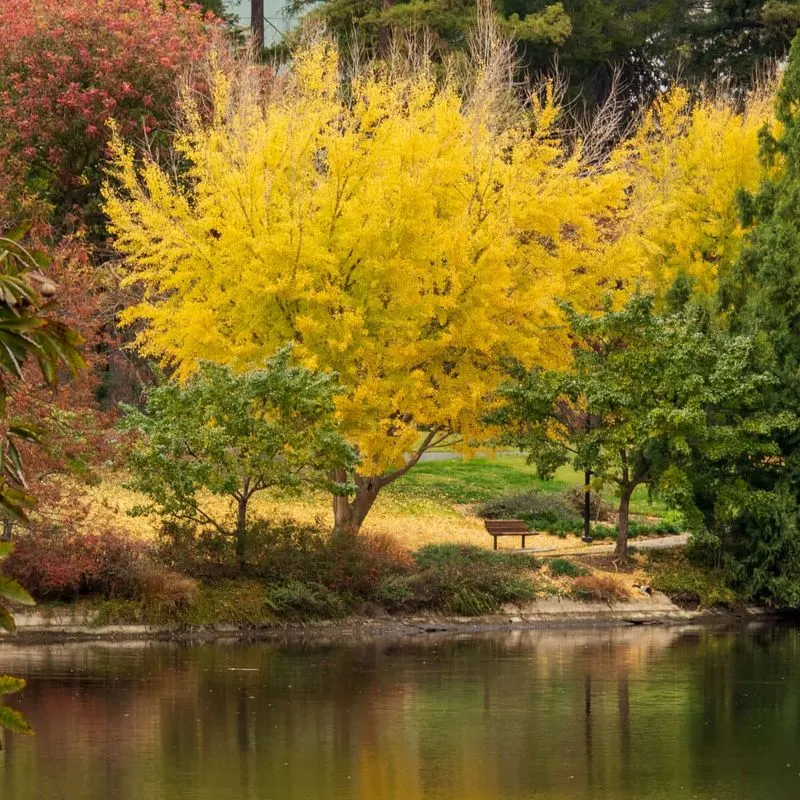
Ginkgo biloba, one of the oldest living tree species, is revered for its resilience and longevity. In China, ginkgo trees are often planted near temples and sacred sites, symbolizing endurance and enlightenment. The fan-shaped leaves turn a brilliant gold in autumn, creating breathtaking displays. Ginkgo’s unique history and beauty continue to fascinate, inspiring art and culture worldwide. Its leaves are used in traditional medicine, believed to enhance memory and health. The ginkgo’s ancient wisdom and grace remain a source of inspiration and wonder.
Cedar of Lebanon
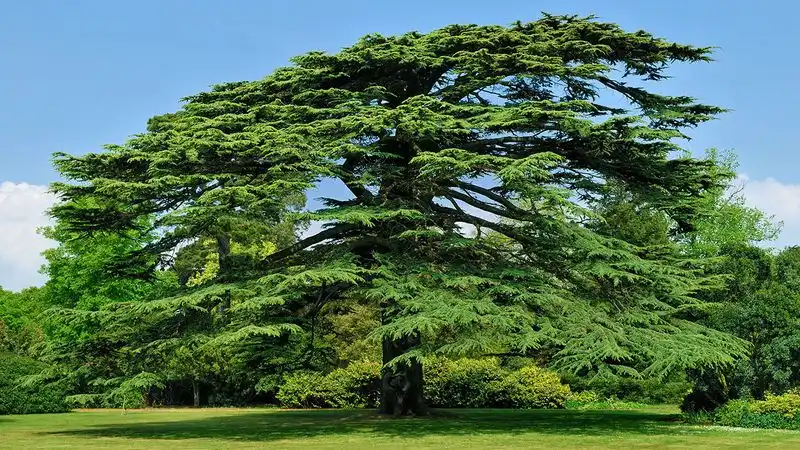
The Cedar of Lebanon is a symbol of strength and endurance, revered since ancient times. These majestic trees once covered the mountains of Lebanon, their wood prized for building temples and palaces. In the Bible, cedars are mentioned as symbols of beauty and durability. Their fragrant wood and towering presence inspire awe and respect. Today, efforts are underway to preserve these iconic trees, ensuring their legacy endures. The cedar’s stately form and historical significance continue to captivate and inspire, a testament to nature’s grandeur.
Olive Tree

The olive tree is a symbol of peace and prosperity, cherished for thousands of years. Its gnarled branches and silvery leaves create a timeless beauty, while its fruit provides sustenance and oil. Olive groves have been cultivated around the Mediterranean for centuries, their presence woven into the fabric of daily life and culture. The tree’s resilience and ability to thrive in challenging conditions make it a symbol of endurance and hope. Today, olive oil is a staple in cuisine and skincare, its benefits celebrated worldwide.
Cypress
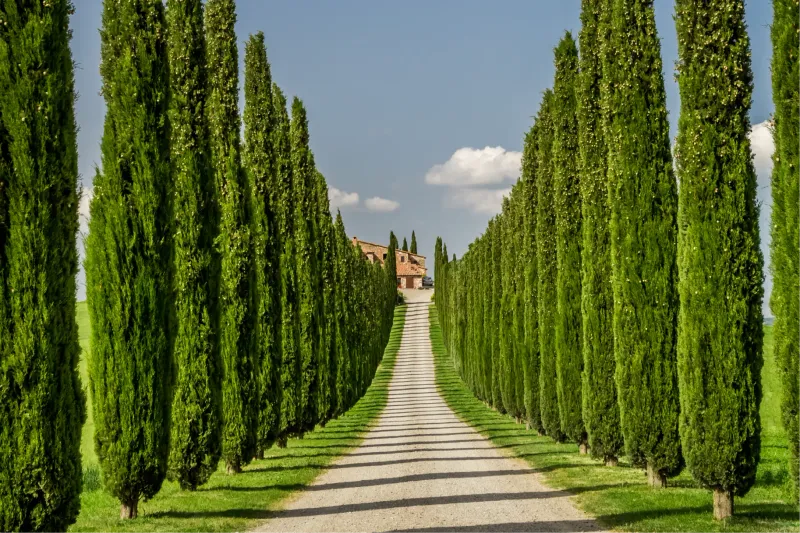
Cypress trees have long been associated with mourning and immortality, their tall, slender forms reaching towards the sky. In ancient cultures, they were often planted in cemeteries and sacred spaces, symbolizing eternal life. The trees’ elegant silhouette and rich green foliage add a touch of serenity to landscapes, inspiring reflection and peace. Today, cypress trees continue to grace gardens and parks, their timeless beauty a testament to nature’s enduring grace. Their legacy of strength and tranquility remains, offering comfort and solace.
Rhododendron
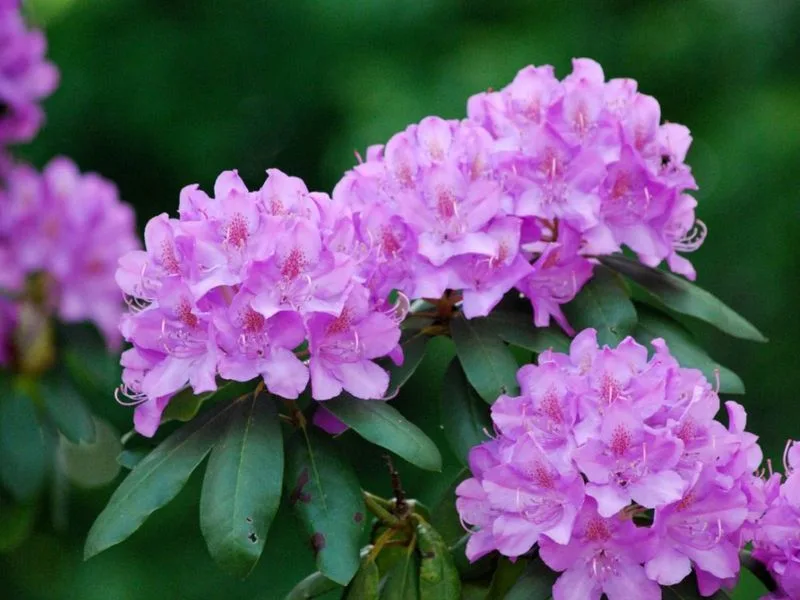
Rhododendrons are celebrated for their stunning blooms and diverse colors, often found in mountainous regions. In the Himalayas, they are revered for their beauty and spiritual significance. Rhododendrons are a symbol of caution in Chinese culture, their bright flowers warning of danger. These hardy shrubs thrive in challenging environments, adding a burst of color to alpine landscapes. Today, rhododendrons are popular in gardens worldwide, their vibrant blooms a testament to nature’s resilience and beauty, capturing the imagination of gardeners and nature lovers alike.
Camellia
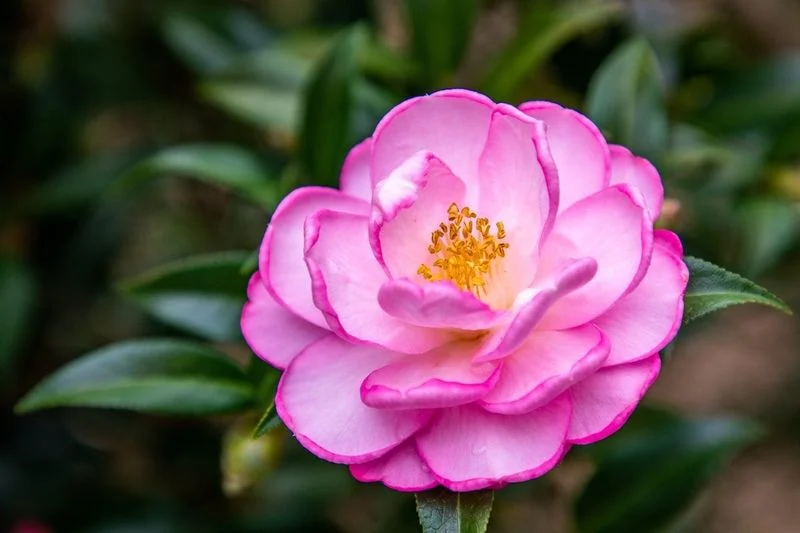
Camellias, with their exquisite blooms, have been cherished in Asia for centuries. In Japan, they are known as “Tsubaki” and are often associated with the samurai, symbolizing purity and a noble spirit. Camellias’ glossy leaves and vibrant flowers add elegance to gardens and tea ceremonies. Their beauty and diverse colors make them a favorite among gardeners and floral enthusiasts. Today, camellias continue to enchant with their timeless charm, a floral tribute to grace and refinement that transcends cultural boundaries.
Jade Plant
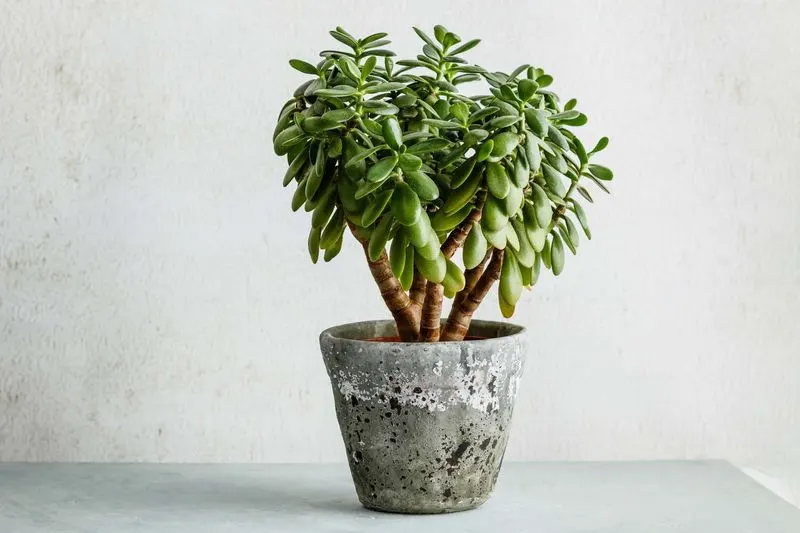
The jade plant is a symbol of prosperity and good fortune in many cultures. Its thick, glossy leaves and tree-like form make it a popular choice for homes and gardens. In Feng Shui, the jade plant is believed to attract wealth and success, often placed near entrances or in offices. Its low-maintenance nature and resilience add to its appeal, making it a favorite among plant enthusiasts. Today, the jade plant continues to be a cherished addition to indoor and outdoor spaces, bringing a touch of greenery and prosperity.
Mandrake Root
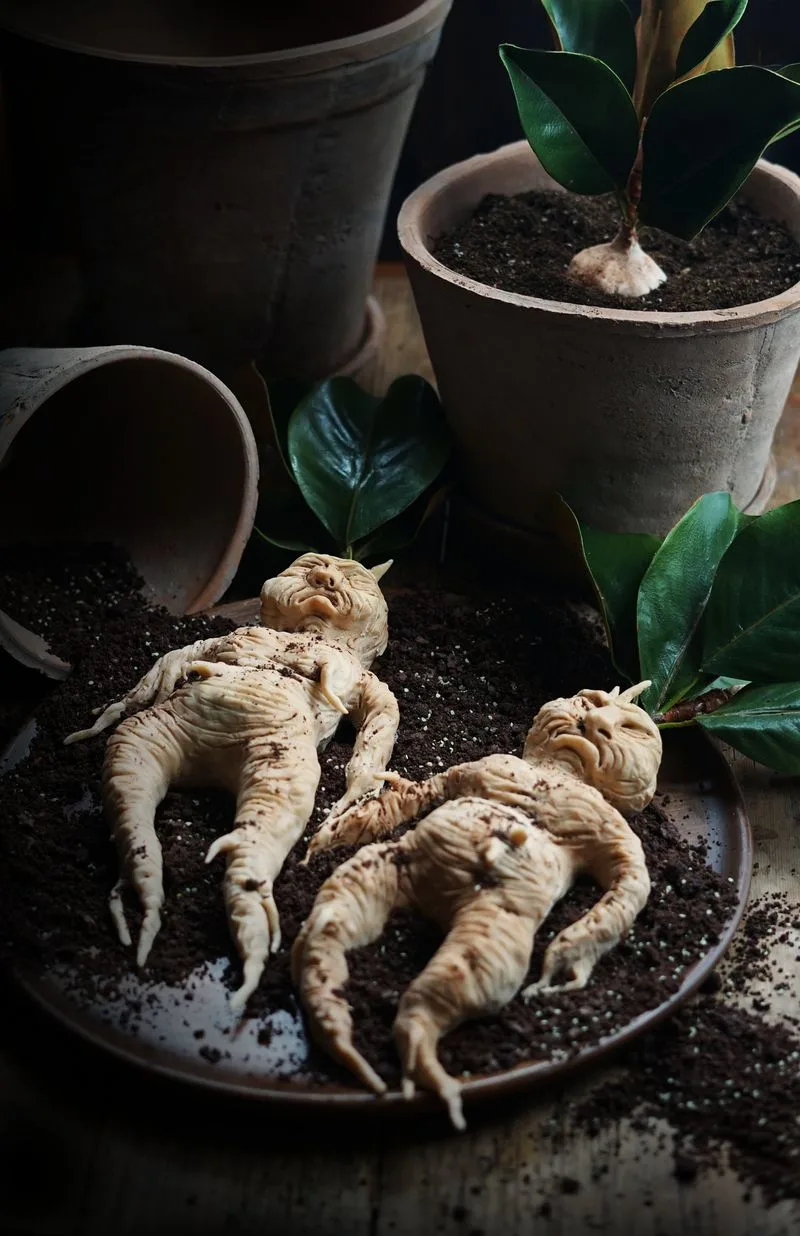
With a history steeped in folklore and mysticism, the mandrake root was once the prized possession of alchemists and magicians. This curious plant, often resembling a human figure, was believed to possess magical properties. Legend has it that it would scream when uprooted, a cry so chilling it could drive a person insane. In the Middle Ages, it was reserved for royalty and sacred rituals, thought to bring protection and prosperity. Its potent roots were used in potions and amulets, making it a symbol of power and mystery. Today, the mandrake remains an enigmatic marvel, captivating imaginations worldwide.

